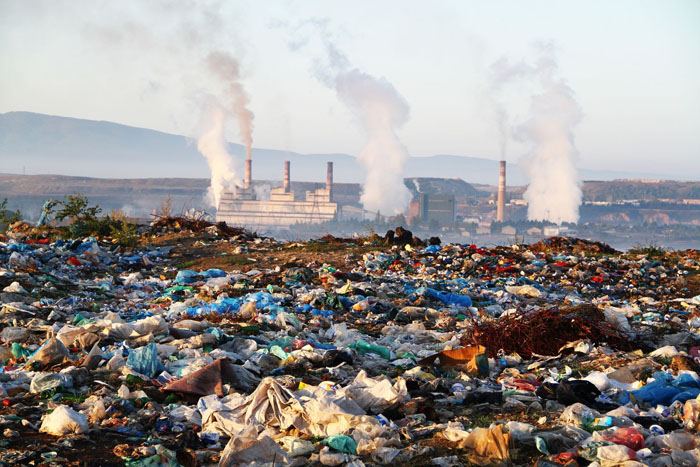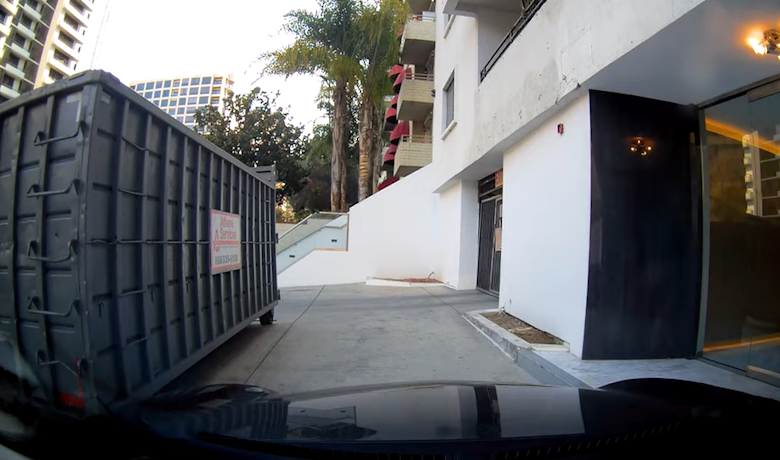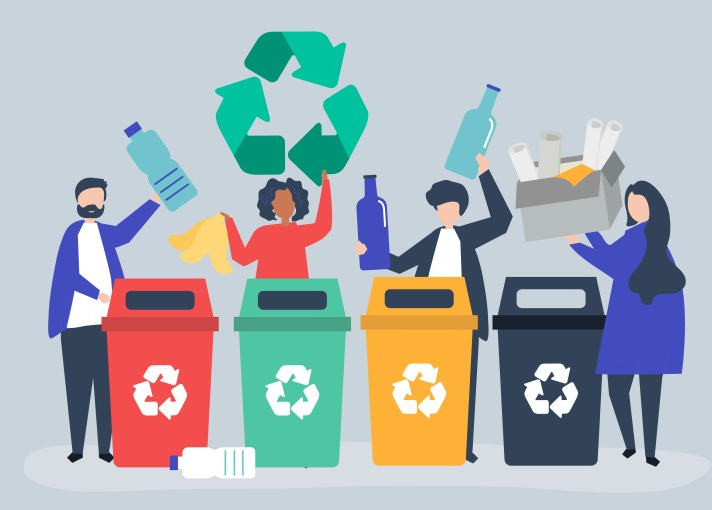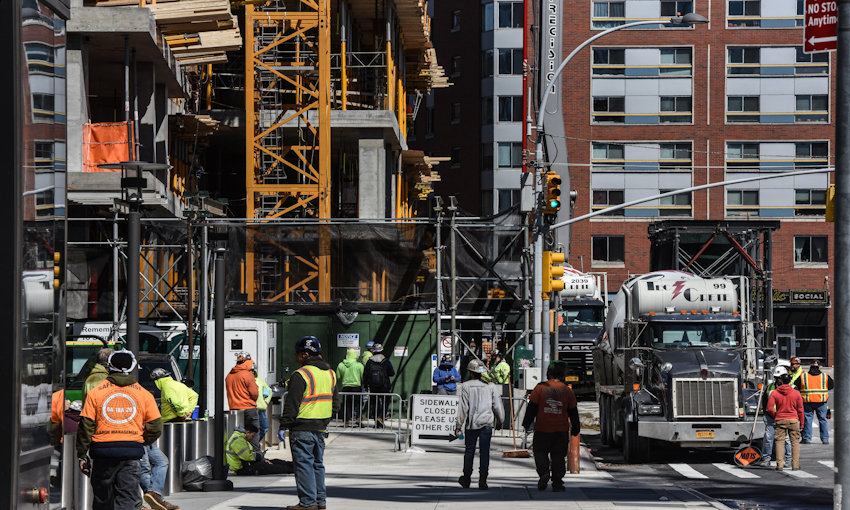New York City, the iconic metropolis that never sleeps, is not only a global hub for culture, finance, and innovation but also home to a significant environmental challenge: pollution. As one of the most densely populated urban areas in the world, the city faces a complex web of pollution sources that impact its air, water, and soil.
Air Pollution:
One of the most pressing environmental concerns in New York City is air pollution. The city’s skyline, adorned with towering skyscrapers, often hides the invisible threat posed by pollutants suspended in the air. Vehicle emissions, industrial activities, and energy production contribute significantly to elevated levels of pollutants such as nitrogen oxides, particulate matter, and volatile organic compounds. The consequences of prolonged exposure to these pollutants include respiratory issues, cardiovascular diseases, and a diminished overall quality of life.
Additionally, industrial activities along the waterfront and within the city contribute to air pollution. Power plants, factories, and construction sites release pollutants, impacting both the air quality and the health of residents. The city’s susceptibility to temperature inversions exacerbates the issue by trapping pollutants close to the ground, creating localized areas of poor air quality.
Water Pollution:
New York City’s extensive waterfront and the iconic Hudson River are integral components of its landscape, but they also face the threat of water pollution. Industrial discharges, stormwater runoff, and outdated sewer systems contribute to the contamination of water bodies. Raw sewage overflows during heavy rainfall events, introducing pathogens and pollutants into the city’s waterways.
Historically, industries along the Hudson River dumped chemical waste directly into the water, leaving a legacy of contamination. While significant strides have been made in cleaning up the Hudson River over the years, challenges persist, and the water quality remains a concern. Elevated levels of pollutants, including heavy metals and industrial chemicals, pose risks to aquatic life and can accumulate in the food chain.
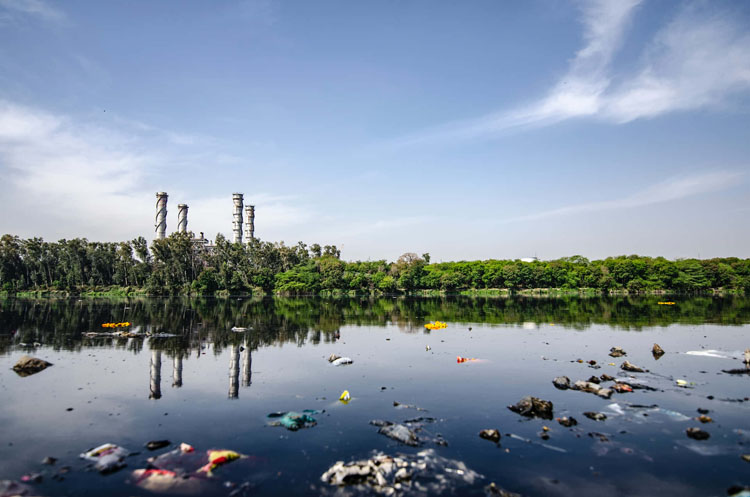
The city’s stormwater management is another critical aspect of water pollution. Impervious surfaces, such as roads and buildings, prevent rainwater from being absorbed into the ground naturally. Instead, it runs off surfaces, picking up pollutants along the way and overwhelming the city’s aging sewer systems. Efforts to implement green infrastructure, such as permeable pavements and green roofs, aim to mitigate these issues and reduce the impact of stormwater runoff on water quality.
Soil Pollution:
Although it frequently receives less attention than air and water pollution, soil pollution is a serious issue in New York City. Industrial activities, historic waste disposal practices, and the presence of contaminants from past land uses contribute to soil pollution in various parts of the city. Brownfield sites, areas with potential environmental contamination, are a testament to the city’s industrial past and pose challenges for redevelopment.
The legacy of improper waste disposal practices, including the historic use of landfills, contributes to soil contamination. In some areas, the soil contains elevated levels of heavy metals, petroleum byproducts, and other hazardous substances. This poses risks not only to the environment but also to the health of residents, especially in neighborhoods where industrial activities were historically concentrated.
Efforts to address soil pollution include remediation projects and stricter regulations on industrial practices. Brownfield redevelopment initiatives aim to revitalize contaminated areas, transforming them into usable spaces while mitigating environmental risks. However, these efforts are often complex and require significant resources.
Government Initiatives and Community Engagement:
Recognizing the severity of pollution issues, both historical and ongoing, New York City has implemented various initiatives to address environmental concerns. The city government has set ambitious goals to reduce greenhouse gas emissions, improve air and water quality, and enhance overall environmental sustainability.
The “OneNYC” plan, launched in 2015, outlines a comprehensive strategy for a more sustainable and resilient city. It includes measures to reduce carbon emissions, enhance public transportation, and improve energy efficiency in buildings. The plan also addresses issues such as waste management, green spaces, and climate adaptation.
In terms of air quality, the city has taken steps to reduce emissions from transportation. Investments in public transit infrastructure, the promotion of electric vehicles, and the expansion of bike lanes aim to decrease reliance on fossil fuel-powered vehicles. Regulatory measures, such as restrictions on idling and the implementation of emission standards for buildings, contribute to the overall effort to combat air pollution.
Water quality initiatives include the implementation of green infrastructure projects to manage stormwater runoff effectively. The city has also invested in upgrading its sewer system to reduce combined sewer overflows, a major source of water pollution during heavy rain events. Efforts to clean up and restore water bodies, including the Gowanus Canal and Newtown Creek, are underway, acknowledging the importance of revitalizing urban ecosystems.
Community engagement plays a crucial role in addressing pollution issues in New York City. Environmental justice advocates emphasize the disproportionate impact of pollution on marginalized communities, urging inclusive and equitable solutions. Grassroots organizations, alongside city agencies, work towards creating awareness, advocating for policy changes, and ensuring that all residents have a voice in environmental decision-making processes.
New York City’s battle against pollution is a multifaceted challenge that requires concerted efforts from government, industry, and the community. The city’s historical reliance on industrial activities and transportation, coupled with its dense urban landscape, has created an intricate web of environmental issues. While significant progress has been made in recent years, ongoing initiatives are crucial to achieving a sustainable and resilient future for the city.
Addressing pollution in New York City requires a holistic approach that considers the interconnectedness of air, water, and soil quality. Sustainable urban planning, investments in green infrastructure, and the promotion of environmentally friendly practices are essential components of a comprehensive strategy. Equally important is the need for continued community engagement, ensuring that environmental policies are inclusive and responsive to the needs of all residents.
In the relentless battle against pollution on Washington Street in New York City, the need for immediate and concerted action is crystal clear. The alarming levels of pollution not only threaten the well-being of residents but also cast a shadow over the city’s environmental sustainability. As we navigate the intricate web of air and water quality challenges, waste management, and the urgent call for environmental justice, it is imperative to view these issues as interconnected and demand comprehensive solutions. Washington Street can become a symbol of positive change, fostering a cleaner, healthier environment through community engagement, sustainable policies, and a collective commitment to a greener future.

